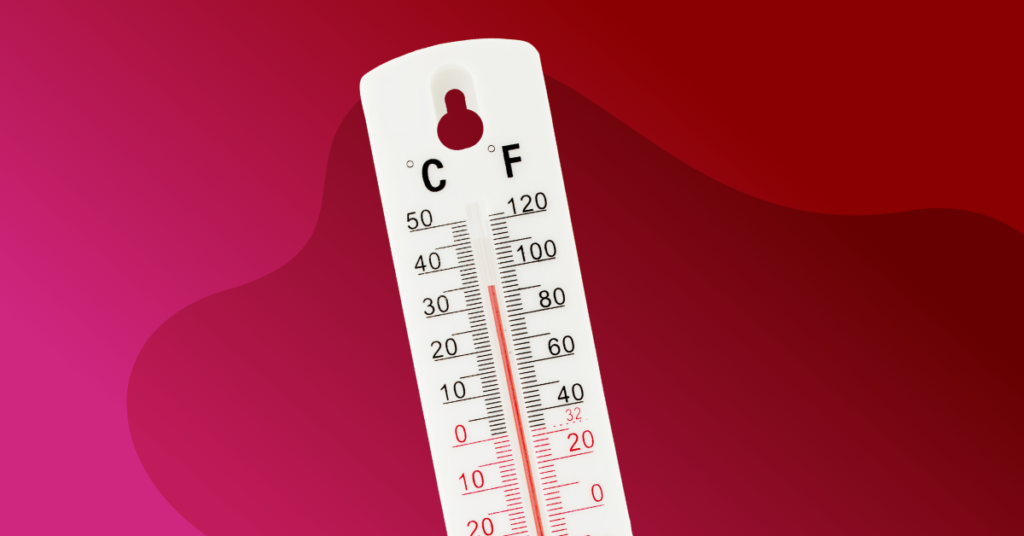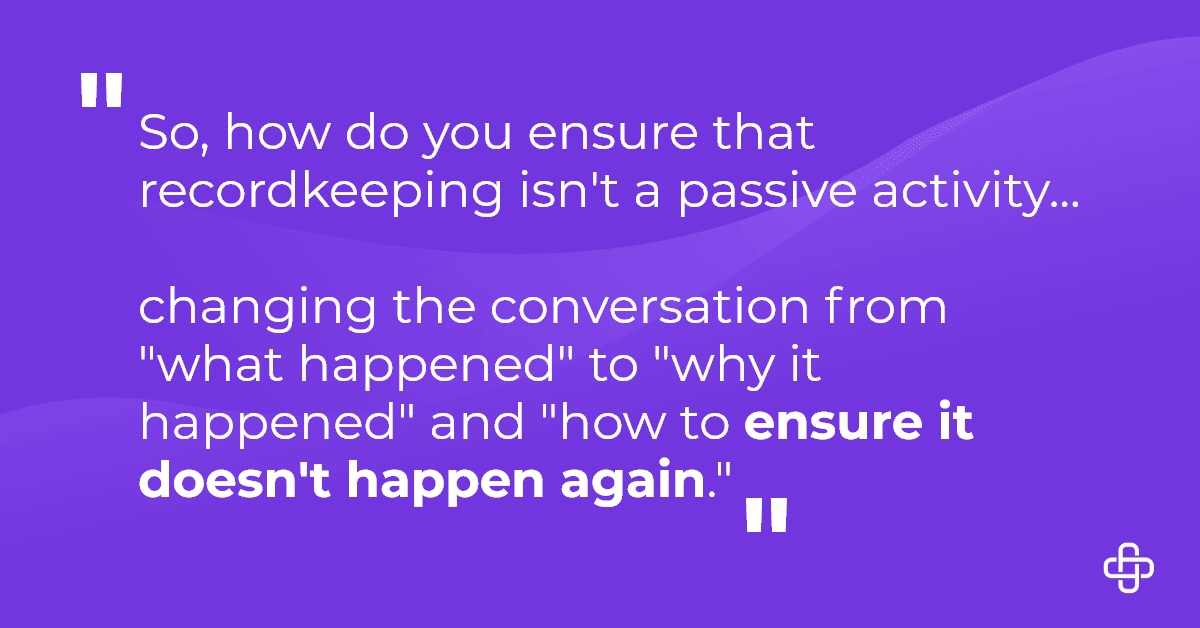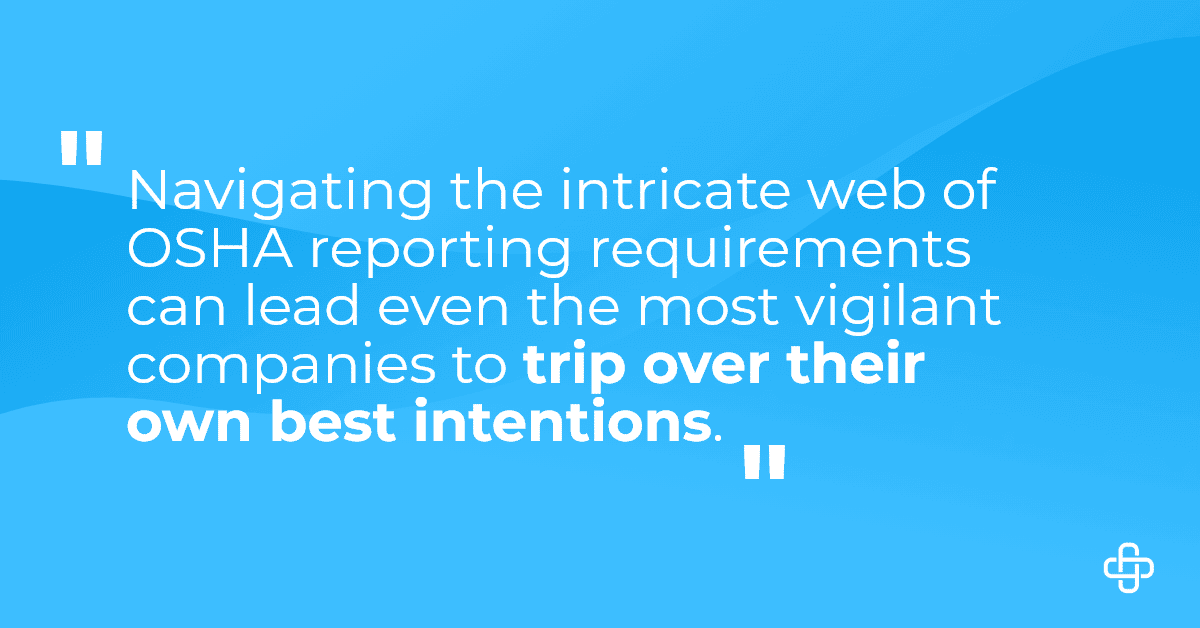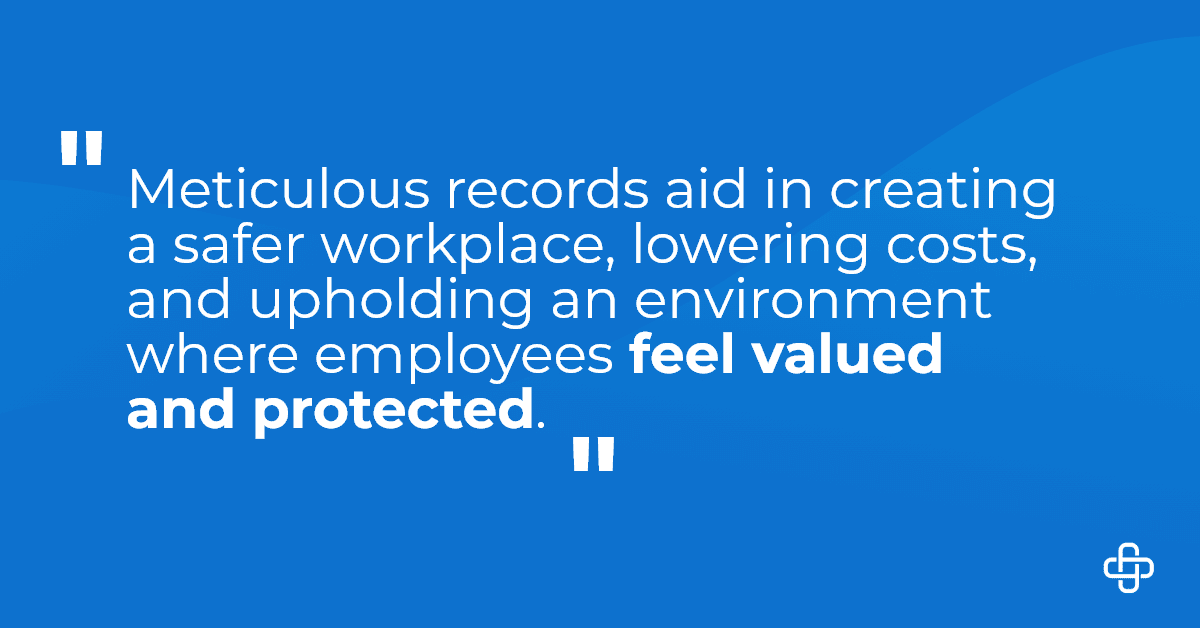According to the Bureau of Labor Statistics, 344 worker-related deaths between 2001 and 2019 were due to environmental heat exposure. Of that number, 144 workers died from environmental heat exposure while working in construction, repair, or cleaning. While 54 workers died while conducting materials handling operations.
As the sweltering summer months approach, knowing the risks associated with heat illness is crucial. Heat-related illnesses, ranging from mild heat cramps to life-threatening heat stroke, can affect your workforce’s health leading to devastating costs to your organization.

Types of Heat Illness
Heat Cramps: The mildest form of heat illness characterized by painful muscle contractions. They usually occur during or after intense physical activity in high temperatures. Heat cramps are caused by an electrolyte imbalance, specifically the loss of sodium, potassium, and other minerals through sweating.
Heat Exhaustion: More severe than heat cramps, and typically occurs when the body becomes dehydrated and cannot cool itself adequately. Common symptoms include heavy sweating, weakness, dizziness, nausea, headache, and pale or clammy skin. If left untreated, heat exhaustion can progress to heat stroke.
Heat Stroke: The most severe and life-threatening heat-related illness. It occurs when the body’s core temperature rises above 104°F (40°C). Heat stroke can cause damage to the brain, heart, kidneys, and muscles and requires immediate medical attention. Symptoms include high body temperature, altered mental state, confusion, seizures, rapid heartbeat, and hot, dry skin.
Prevention
Stay Hydrated: Proper hydration is essential to prevent heat-related illnesses. Drink plenty of fluids, especially water, throughout the day. Avoid beverages, caffeine, and sugary drinks, as they can contribute to dehydration.
Dress Appropriately: Wear loose-fitting, lightweight, and light-colored clothing for air circulation. Use a wide-brimmed hat and sunglasses to protect yourself from the sun. Applying sunscreen with a high SPF is also crucial.
Plan Accordingly: Schedule outdoor activities during cooler times of the day, such as early morning or evening, when possible. Take frequent breaks in shaded or air-conditioned areas and avoid strenuous physical exertion during extreme heat.
Treatment
If you notice any of the symptoms of heat stroke, call 911 or seek the attention of a medical professional immediately. Use first aid measures, like the ones listed below, to help keep them cool until help arrives.
Move to a Cooler Environment: If you or someone else shows signs of heat illness, immediately move to a shaded or air-conditioned area. Use cool compresses to their pulse points or immerse the person in a cool bath if possible.
Rehydrate: Encourage the affected person to drink cool water or a rehydration solution. Avoid alcoholic or caffeinated beverages as they can further dehydrate the body.
Rest and Monitor Symptoms:
-
- Allow the person to rest and lie down with elevated legs.
- Monitor their symptoms closely.
- If symptoms worsen or heat stroke is suspected, call 911 immediately.
Heat Illness Responsibility in the Workplace
OSHA reports that workers suffer over 3,500 heat-related injuries and illnesses each year. In April of last year, OSHA launched the National Emphasis Program on Outdoor and Indoor Heat Hazards, creating nationwide enforcement for inspecting heat-related hazards.
With the growing emphasis on keeping workplaces safe and reducing illness and injuries caused by heat illness, it is both the employer’s and employee’s responsibility.
Health & Safety Coordinators
-
- Establish & update Heat Illness Prevention Program
- Provide training and consultation to departments
- Assist departments on when, where, and how shade and water are provided
Supervisors
-
- Maintain records on all tasks/employees required to work in a potential heat-related hazard environment
- Require proper training on heat illness and prevention and comply with procedures
- Ensure that adequate water and shade are available throughout the day
- Follow procedures and contact medical services when needed
Employees
-
- Awareness and compliance with heat illness prevention procedures
- Drink adequate amounts of water and access shade to reduce risk factors
- Inform their supervisor if water or shade is inadequate
- Report symptoms of heat-related illness immediately to their supervisor
- Follow procedures if medical assistance is needed
Staying Safe This Summer
Heat illness is a serious concern, particularly during the hot summer months. By understanding the different types of heat-related illnesses, recognizing their symptoms, and taking preventive measures, we can safeguard our workplaces from the potentially dangerous effects of excessive heat. Stay hydrated, dress appropriately, and plan your days accordingly. In case of symptoms, act promptly and provide the necessary treatment while seeking medical help if needed.
Axiom Medical can help your workforce stay safe and OSHA-compliant this summer. Our team of OSHA-trained medical professionals can help you reduce OSHA recordable outcomes, provide early intervention and prevention for workplace injuries and illnesses, and keep your employees safe and on the job. Contact us today to learn more and check out our other resources on heat-related illnesses and the workforce.
Charli Pedersen works for Axiom Medical as their Content Marketing Specialist. She has her bachelor’s degree in English, Professional and Technical Writing and previous experience with creating content for businesses and non-profit organizations.












